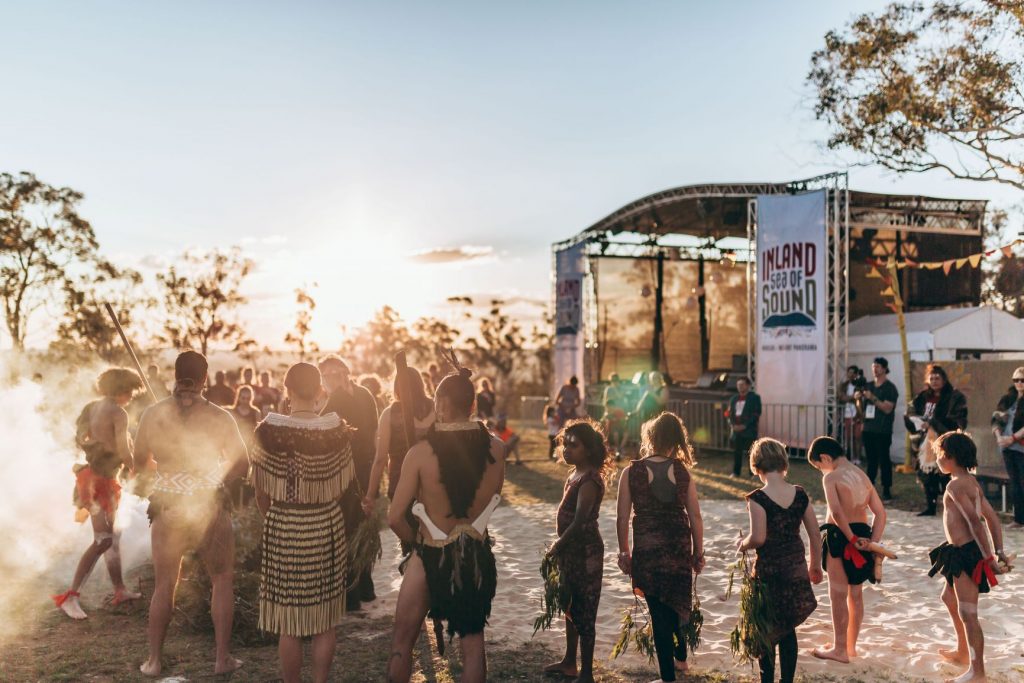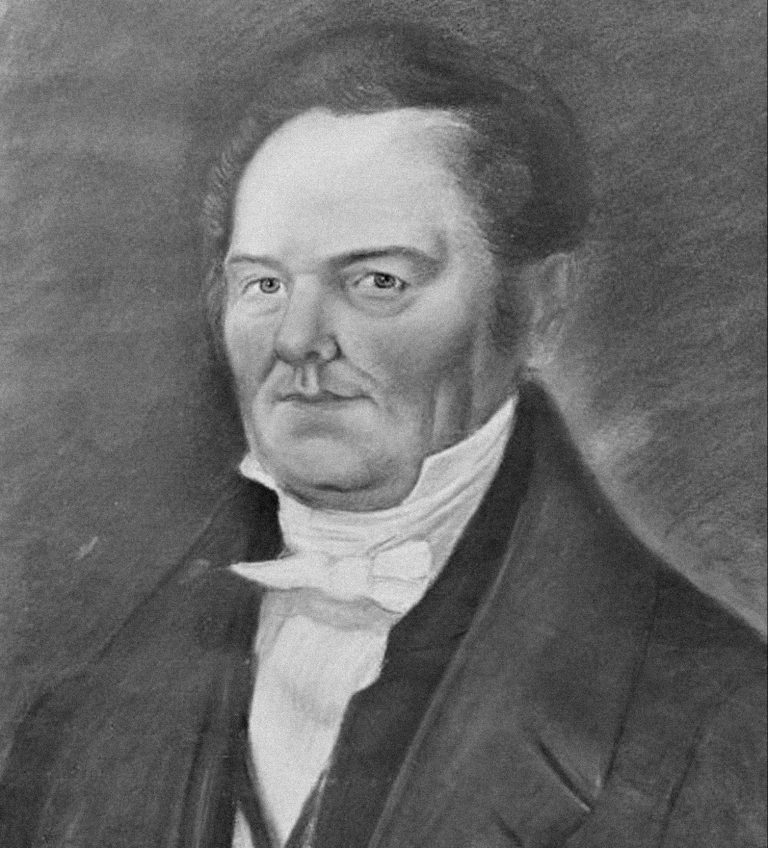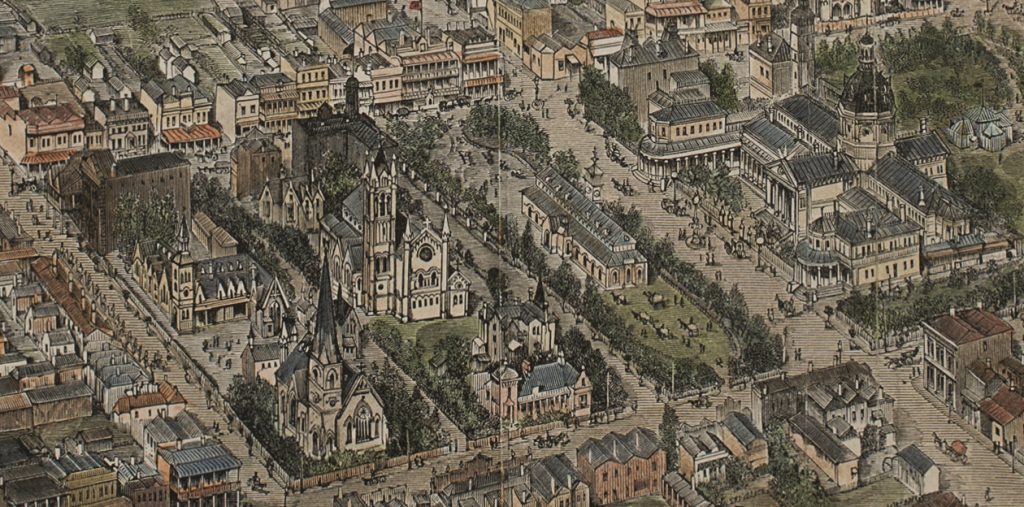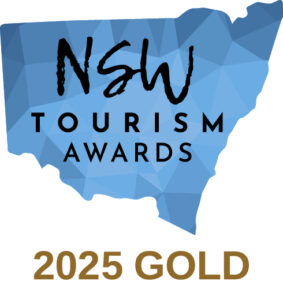History of the Bathurst Region
The Bathurst region rests within the traditional lands of the Wiradjuri people. The Wiradjuri are the people of the three rivers – the Wambool (Macquarie), the Calare/Kalari (Lachlan) and the Murrumbidgee. For many thousands of years before the arrival of European settlers, the Wiradjuri use of fire, hunting and agricultural practices shaped the landscape of the Bathurst plains.
The Wiradjuri lived in extended family groupings of around thirty men, women and children and moved between the different camp sites of their traditional lands. They also travelled for the purposes of trade and to perform the important ceremonies that honoured their ancestors, the Dreaming and their relationship with the land.
A number of artefacts of this period, including carved trees, are today on display in the Bathurst District Historical Society Museum in the wing of the Bathurst Courthouse.


The government surveyor, George Evans, was the first European to sight the Bathurst Plains in 1813, following the first successful European crossing of the Blue Mountains in the same year. In 1814, Governor Lachlan Macquarie approved an offer by William Cox to build a road crossing the Blue Mountains, from Emu Plains to the Bathurst Plains. Governor Macquarie surveyed the finished road in April 1815 by driving his carriage across it from Sydney to Bathurst.
On 7 May 1815, Governor Macquarie at the terminus of Cox’s Road raised the flag, ordered a ceremonial volley to be fired and proclaimed and named the future town of Bathurst after the Secretary of State for War and the Colonies, Henry Bathurst, 3rd Earl Bathurst. This made Bathurstthe first inland settlement in colonial Australia. It was intended to be the administrative centre of the western plains of New South Wales, where orderly colonial settlement was planned. Local Wiradjuri groups under leaders such as Windradyne resisted the settlers until the Frontier Wars of the early 1820s ended the open conflict.
In the 1860s, the town of Bathurst began to boom. Bathurst was to become the first gold centre of Australia. The nearby gold localities would transport their gold to Bathurst then to Sydney. The mail and gold transport coaches became an obvious target for bushrangers, which became a major problem for the authorities.
Bathurst’s economy was transformed by the discovery of gold in 1851. One illustration of the prosperity gold brought to Bathurst is the growth and status of hotels and inns. The first licensed inn within the township was opened in 1835, the Highland Laddie. At the peak of hotel activity in 1875, coinciding with the gold rush period, there were 61 operating concurrently. A total of 89 hotel locations have been identified in the town of Bathurst, with 112 operating in the immediate district during the course of the history in Bathurst.

Ben Chifley was a man of the people, one of the greatest Australians of the twentieth century and remained proudly committed to his home of Bathurst for all his life. This interview celebrates the 75th anniversary of Ben Chifley becoming Australia’s 16th Prime Minister. Written by local historian David Hay with special thanks to dedicated scholar of Chifley, Sam Malloy, we present local man Vince Melton as ‘Chif’ telling the story.
Museums Bathurst has been working with the Bathurst Visitor Information Centre, talented local actors and the creative team of Ribbon Gang Advertising Agency to bring the Chifley story to life. This episode of Ben at Home is the first in a series about Ben and Elizabeth Chifley.

